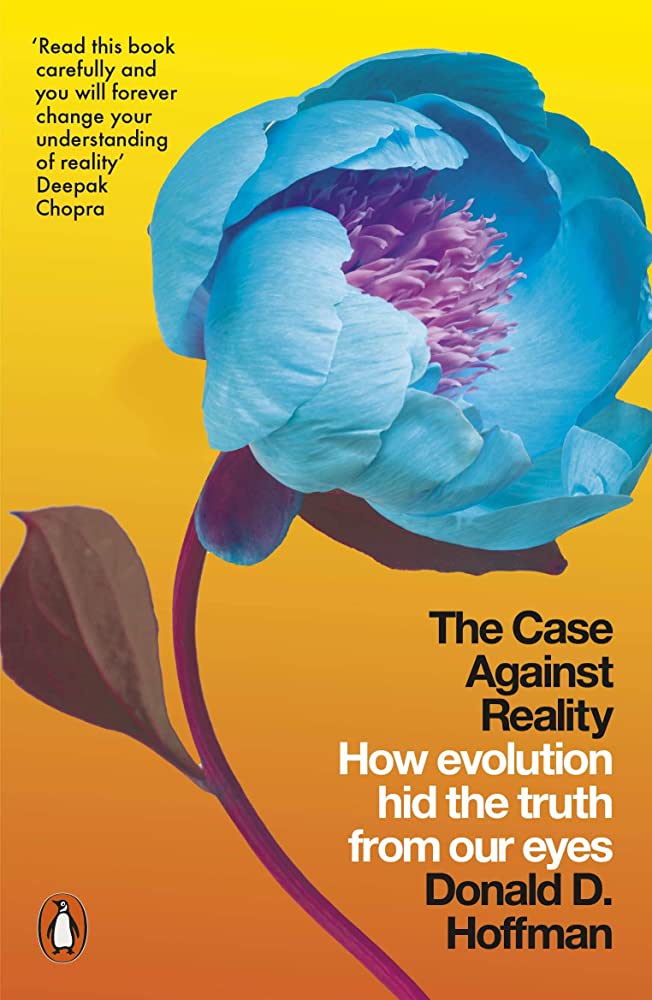The Case Against Reality : Why Evolution Hid The Truth From Our Eyes
Donald D. Hoffman’s book The Case Against Reality: How Evolution Hid the Truth from Our Eyes explores the idea that what we perceive as reality may not actually be real. He argues that our perception of the world is shaped by evolution and is a limited and flawed representation of reality.
Hoffman suggests that our perception of reality is more like a desktop interface on a computer, rather than a direct representation of the world. This interface simplifies and distorts the information that our senses gather from the world around us, in order to help us navigate it more effectively. This is because our brains have evolved to prioritize survival over accuracy, and to focus on the most important aspects of the environment, rather than on the whole picture.
One of the key arguments in the book is that our perception of space and time is not accurate. Hoffman suggests that space and time are not fundamental properties of the universe, but rather are constructs that our brains use to make sense of the world. He argues that our brains do not perceive space and time directly, but instead create them as a way to organize the information that we receive from our senses.
Hoffman also discusses the concept of objective reality and argues that it does not exist. He suggests that what we consider to be objective reality is actually a shared interface that our brains create in order to communicate with each other. This interface allows us to have a shared understanding of the world, but it is not an accurate representation of reality.
Another key point in the book is that our perception of colors and shapes is also limited and distorted. Hoffman suggests that our brains do not perceive colors and shapes as they really are, but rather as a simplified version of reality that is useful for survival. For example, he argues that the color red may not actually exist in the external world, but rather is a construct of our brains that helps us to identify ripe fruit.
Hoffman also explores the concept of consciousness and argues that it cannot be explained by neuroscience alone. He suggests that consciousness is not a byproduct of the brain, but rather is a fundamental aspect of the universe. He suggests that the universe is made up of conscious agents, and that our brains are just one of these agents.
Finally, Hoffman discusses the implications of his ideas for science and philosophy. He suggests that the current scientific approach, which assumes that our perceptions are accurate representations of reality, may be flawed. He argues that a new approach is needed, which takes into account the limitations and distortions of our perception. He also suggests that his ideas have implications for philosophy, particularly for the idea of objective truth.
Overall, Donald D. Hoffman’s book The Case Against Reality: How Evolution Hid the Truth from Our Eyes presents a provocative and fascinating argument about the nature of reality and our perception of it. While some readers may find his ideas challenging or difficult to accept, his arguments are well-supported and thought-provoking, and the book is sure to spark interesting discussions and debates.


Troy – love this summary.
My primary meditation teacher R. David Cooper, obm, often spoke of truth versus Absolute Truth. Lower case truth is what this physical body believes to be true based on serious limitations. To have access to more is beyond the scope of this body. Meditation offers the possibility of releasing the physical body and allowing higher states of consciousness (soul levels) to perceive much expanded levels of truth and even reach Absolute Truth.
Another teacher which whom I studied was Stan Grof. He put it in the framework of “reality” being like a broadcasting station and our limited body being like a TV in our home.
Thanks Troy for your work.